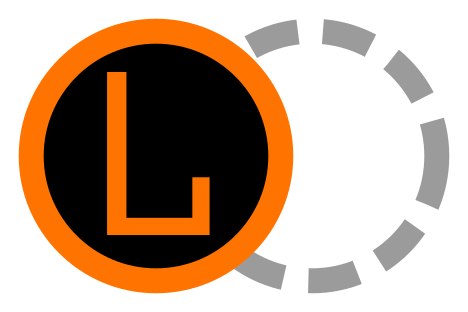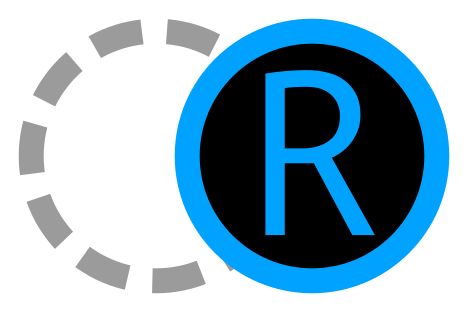In the last tutorial, we encountered a problem with representing 1 as  and 0 as
and 0 as  — if we want to transform 0 into
— if we want to transform 0 into  , we have to source a marble from somewhere. This can make our circuits messy.
, we have to source a marble from somewhere. This can make our circuits messy.
revisiting representations
How did we end up here, anyway?
Ages ago, we chose to label  with 1s and
with 1s and  with 0s:
with 0s:
This was our reasoning:
- roons treats all marbles identically
- So we have to write the same value (1) on each

- Because we need 2 values, the only other place to write 0 is on each

It turns out this isn’t actually true. roons doesn’t treat all marbles identically. If it did, none of our patterns would work in the first place.
Consider this pattern:
Did the distributor  treat A and B identically?
treat A and B identically?
Put on your pedantry hats. A and B are not identical, because they are in different places.
This means we can trick the universe into encoding data in the positions of the marbles.
We call this lateral encoding. Instead of encoding values in marbles  and holes
and holes  — which we will now call presence encoding — we’ll encode them in the lateral (horizontal) position of the marbles.
— which we will now call presence encoding — we’ll encode them in the lateral (horizontal) position of the marbles.
We’re exploiting the arbitrariness of representations yet again — there was nothing special about our original scheme, so it’s perfectly fine to create another one when it’s convenient.
why lateral encoding?
Lateral encoding has some nice features. The main one is that it gives us a consistent marble supply — whether we get  or
or  , we always receive 1
, we always receive 1  and 1
and 1  .
.
This is very convenient for building a NOT gate:
This makes sense — we’re representing our data as  and
and  , and a crossing
, and a crossing  swaps
swaps  and
and  . Under LE our NOT gate doesn’t need a reservoir; it’s just a single common roon.
. Under LE our NOT gate doesn’t need a reservoir; it’s just a single common roon.
So why don’t we use lateral encoding for everything? In the next tutorial we’ll look at the tradeoffs.
continue
